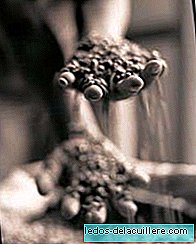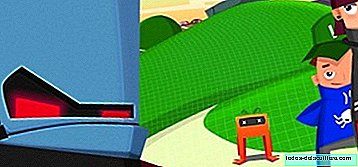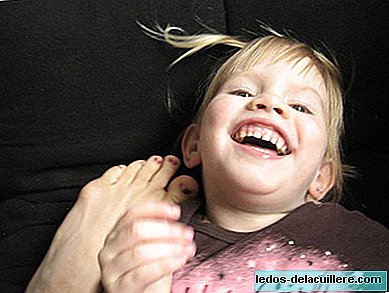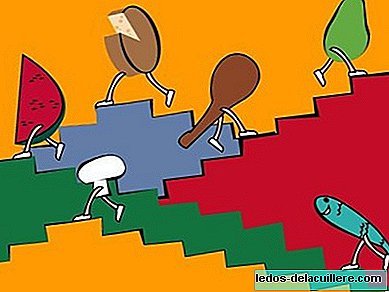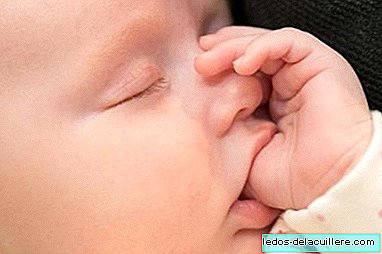
The heel test is a routine test that is performed on the newborn to detect congenital metabolic endocrine diseases that are rare, and whose early detection is essential to avoid serious consequences.
Like almost all parents, Patricia Lorente I never imagined that the test would be positive when your daughter was born Chloe, who just turned six and has phenylketonuria, a pathology produced by a metabolic disorder. We wanted to interview her to learn more about this disease.
How did you find out that your daughter had this disease? Did you expect it?
Through the heel test. The doctor in charge of the Metabolopathies Unit of the Ramón y Cajal Hospital in Madrid called us directly.
I did not expect it at all. We had another child, and everything had gone very well.
What is phenylketonuria?
It is a rare disease. It is suffered by one in 15 or 20 thousand children in our country. The baby is born unaffected, but with a damaged enzyme, which does not allow the conversion of phenylalanine (present in proteins of high biological value) into tyrosine. By not processing phenylalanine, it accumulates in the blood and causes serious damage to the brain. The detection and diagnosis in the first days allow the baby to start with a low protein diet that prevents this accumulation of phenylalanine, and makes it grow healthy and without major complications.
What treatment should be followed?
Most important of all is a protein compound that they take every x hours. This compound would be as if they ate their steak, their cheese, their fish, etc., but free of phenylalanine. They must also follow a diet based on vegetables and fruit, and can also eat fats and sugars. In addition, there is pasta, rice, pate, and even cheese, sausage or chocolate without protein, based on ingredients without phenylalanine.
What does the disease imply for the family?
Be aware of the diet, that you take your compounds in your case every four hours, of always having an alternative for it ... but it is something that is internalized to the point that you no longer think about it, it does not bother. It's like getting used to brushing your teeth or showering. Part of the day to day.
What led you to write the book 'Jam Sandwiches'? What is the book about?
My imagination took me to a story, and without knowing it and without thinking, there was one of the protagonists, a girl who could be my daughter in fourteen years. It is the story of a boy in the last year of high school. He falls in love with a new girl whom others criticize for being different. But they don't even know why. The girl has phenylketonuria, and well, it's not that bad. I think it is a beautiful story of love and understanding, which invites the youngest to reflect and act more normally in certain situations.

For those who are interested in acquiring the book you can do it for € 7 at these points of sale. One euro of the price goes to the association ASFEMA (Association of Phenylketonurics and OTM of Madrid).
We thank Patricia that you have accessed our interview and we hope to have contributed our grain of sand to publicize the phenylketonuria, a rare disease that can be detected with the heel test.


